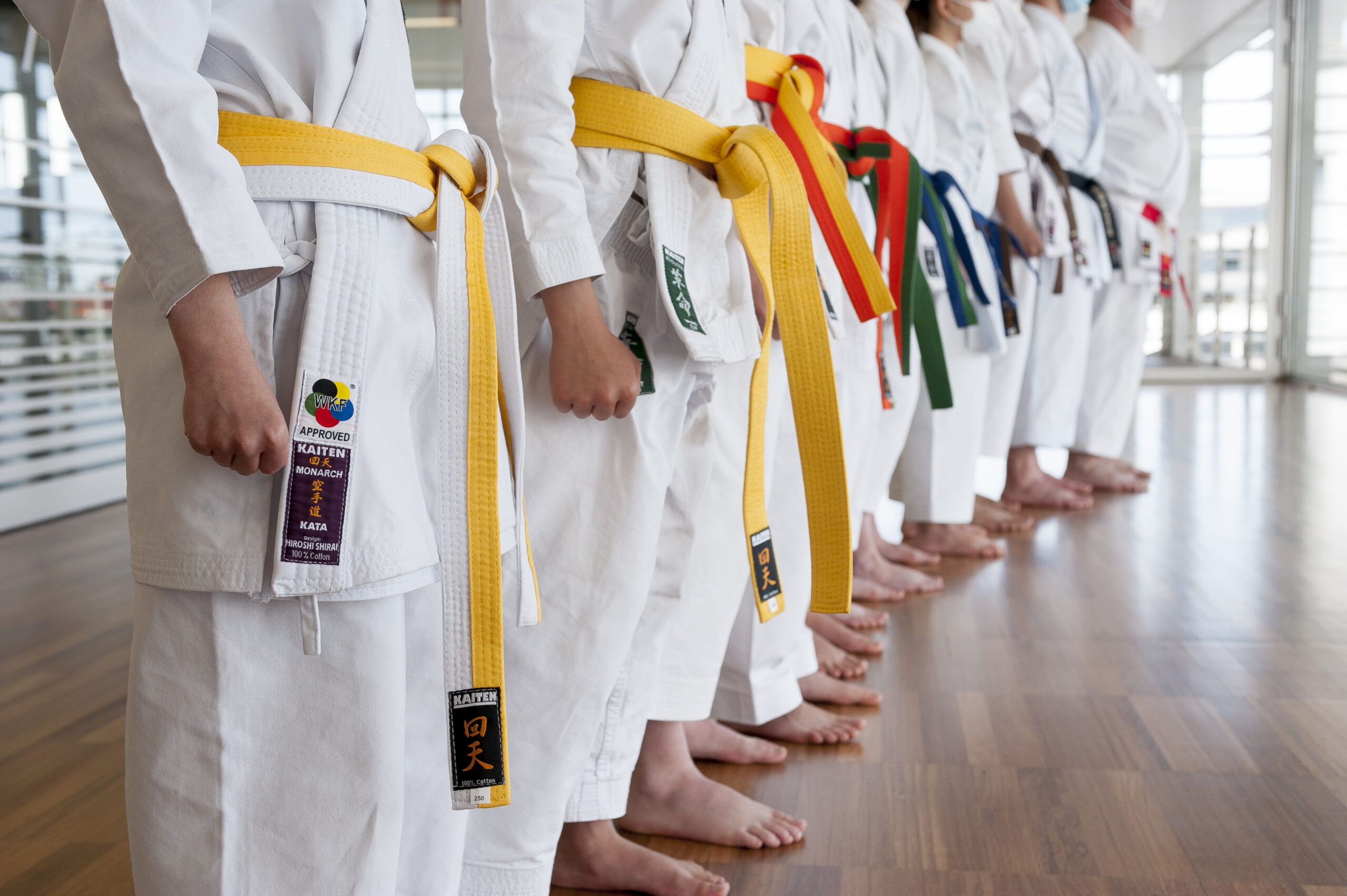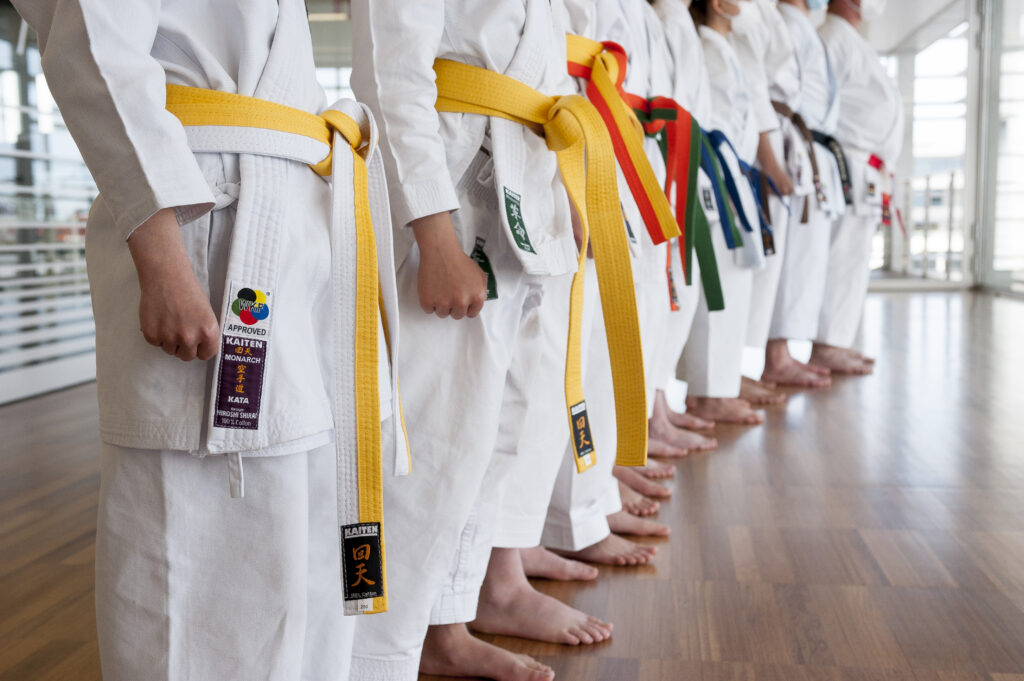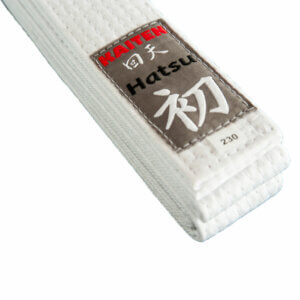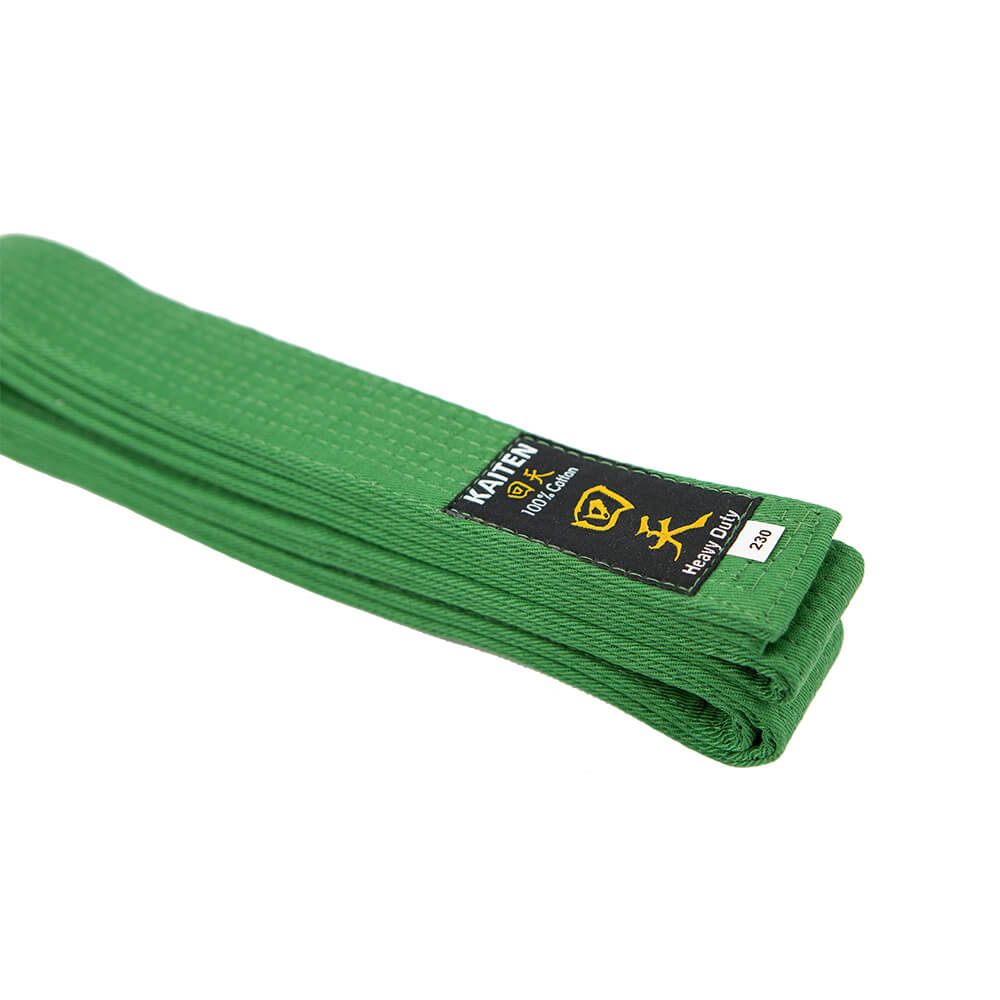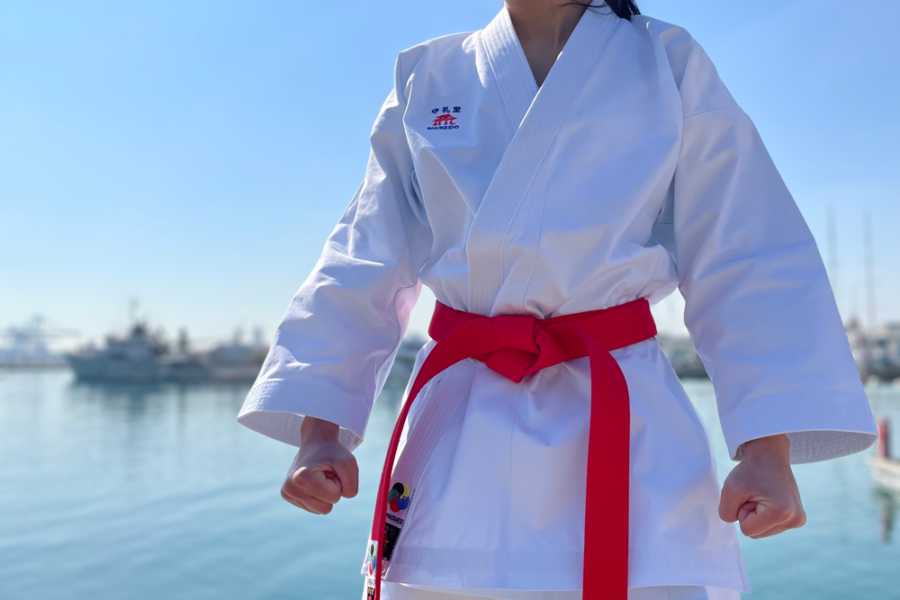Karate, one of the world’s most popular martial arts, is distinguished not only by its techniques and philosophy but also by its ranking system, represented through belts of different colors. These belts not only indicate the practitioner’s skill level but also carry profound meanings that reflect their progress and development along the karate path. Below, we’ll explore the different colors of karate belts, their meanings, and the process of advancing through the ranks.
Kyu and Dan Systems
The ranking system in karate is divided into two major categories: Kyu and Dan. The Kyu system is for beginner and intermediate ranks, while the Dan system is for advanced ranks.
- Kyu: Kyu ranks go from 10th Kyu (the lowest level) to 1st Kyu (the highest level before reaching Dan rank). These ranks are indicated by colored belts, which vary according to the karate school or style.
- Dan: Dan ranks start from 1st Dan and can go up to 10th Dan, although higher Dans are extremely rare and reserved for practitioners with a lifetime of dedication to karate. Dan ranks are indicated by black belts, sometimes with gold or white stripes to distinguish the higher levels.
Progression of Ranks
Advancing from one rank to another in karate involves an evaluation process that includes demonstrating technical skills, theoretical knowledge, and often philosophical and behavioral aspects. Each school or style may have its specific requirements, but generally, the process includes:
- Regular Training: The first requirement for advancement is regular and consistent training. Continuous practice allows the student to develop the necessary skills and gain the experience required for the next rank.
- Rank Exams: To move from one Kyu rank to another, and eventually to a Dan rank, students must participate in formal exams. These exams usually include
- Kihon (basic techniques): Includes basic strikes, kicks, and blocks.
- Kata (forms): Pre-arranged series of movements that simulate a fight against multiple imaginary opponents.
- Kumite (sparring): Practice of combat, which can range from pre-arranged exercises to free sparring.
- Time Requirements: There is a minimum training period between each rank exam. This time varies depending on the current rank and the next, ensuring that the student has had enough practice to improve adequately.
- Attitude and Philosophy: Besides technical skills, examiners also consider the student’s attitude, respect for karate principles, work ethic, and behavior inside and outside the dojo.
Belt Colors and Their Meanings
White Belt (Shiro Obi)
The white belt symbolizes the beginning of the journey in karate. It represents purity, innocence, and the state of an open and receptive mind. I t is the color of the beginner, someone ready to learn and absorb the basic fundamentals of karate.
Yellow Belt (Ki Obi)
The yellow belt marks the first significant advancement in learning. It symbolizes the first rays of sunlight that illuminate the student, indicating the acquisition of basic knowledge and the beginning of understanding fundamental karate techniques.

Orange Bel (Daidaiiro Obi)
The orange belt represents further growth and development. It is the symbol of the sun’s warmth and energy as the student continues to learn and refine their skills. This color denotes steady progress and a deeper understanding of techniques.
Green Belt (Midori Obi)
The green belt symbolizes growth and harmony. It is the color of nature, reflecting the practitioner’s development and blossoming in the practice of karate. It indicates an intermediate level where the student begins to master more complex techniques and understand their application.
Blue Belt (Ao Obi)
The blue belt represents the sky and serenity. It symbolizes the expansion of knowledge and understanding. At this level, the student is developing advanced skills and learning to apply them with greater precision and control.
Purple Belt (Murasaki Obi)
The purple belt denotes an advanced level of skill and dedication. It is a color that symbolizes depth and concentration, indicating that the student is at a point where technical mastery and the philosophy of karate are significantly integrated.
Brown Belt (Chairo Obi)
The brown belt represents maturity and consolidation. It symbolizes the earth, solidity, and stability. At this level, the practitioner has achieved a high degree of technical competence and is in the process of perfecting their style and understanding of karate.
Black Belt (Kuro Obi)
The black belt is the symbol of mastery and the culmination of a learning cycle. However, it also marks the beginning of a new journey, as the practitioner embarks on a path of continuous teaching and refinement. The black belt represents the depth of knowledge, responsibility, and commitment to the art of karate
Two-Colored Belts
Two-colored belts are a common addition in many karate schools and are used to represent intermediate ranks between the solid colors of the Kyu system. These belts combine two colors, typically with one color in the upper half and another in the lower half, or with a stripe of one color on a belt of another color. Two-colored belts help motivate students and recognize their progress more gradually.
- White-Yellow: Indicates that the student is between white and yellow belts, having acquired some basic knowledge but still in the process of consolidating these skills.
- Yellow-Orange: Marks progress between the yellow and orange belts, showing a higher level of competence and understanding of basic techniques.
- Orange-Green: Represents an intermediate level between the orange and green belts, indicating significant advancement in skills and technical understanding.
Green-Blue: Signifies that the student is advancing from the green to the blue belt, with growing development in advanced techniques and greater control.
Conclusion
The belt system in karate is much more than a simple indication of level; it reflects the personal journey of each practitioner, their physical and spiritual growth and development. Each color and combination has a special meaning, providing a visual guide of progress and reminding karatekas of the importance of dedication, discipline, and continuous learning.
We hope this guide has provided you with a deeper understanding of the meanings behind karate belts and the ranking system.
Keep training with passion and determination!


